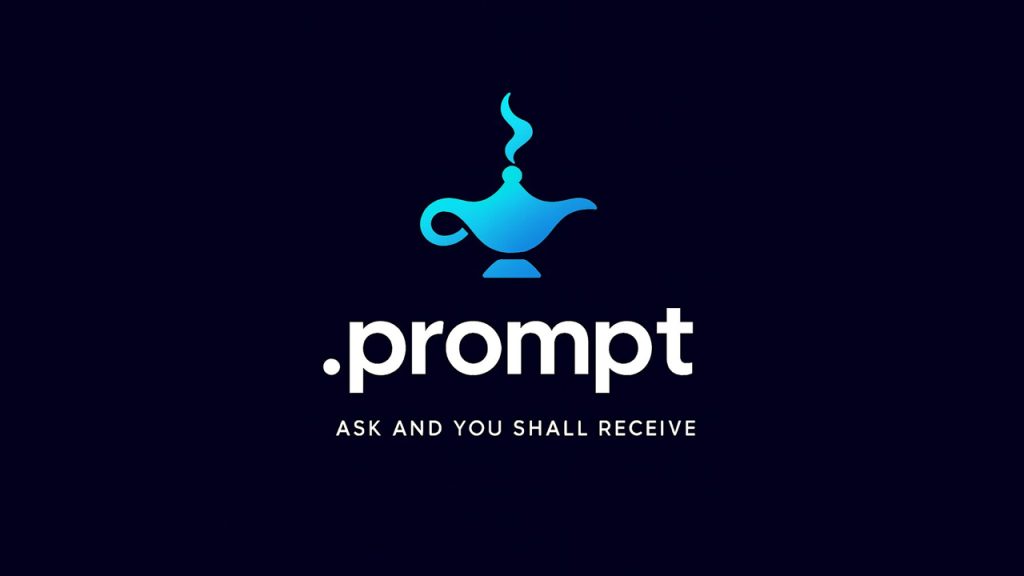In every digital revolution, ownership has been reimagined. The .com boom of the 1990s turned website addresses into assets. The rise of social media in the 2000s made usernames into personal brands. Web3 introduced blockchain wallets as verifiable identities.
Now, a new player is emerging at the intersection of artificial intelligence and digital property: the .prompt high-level domain (HLD) — a Web3-native naming system built for the AI generation.
The Shift from Access to Ownership
The story of the internet has always been about access — first to information, then to audiences, and now to autonomy. Traditional Web2 platforms let us build presences online, but they came with limitations: dependence on registrars, renewals, and platform policies.
Web3 changes that foundation. With blockchain-backed domains like .prompt, users don’t just lease a digital address — they own it. It’s recorded immutably, transferable only by the holder, and beyond the reach of gatekeepers.
That permanence transforms a domain from a rented utility into a personal digital asset — much like how NFTs turned art into tradable property.
Why “Prompt” Is More Than a Word
In AI, the prompt is where creation begins. Every interaction with generative systems — from crafting code to generating art — starts with a line of human intent. “Prompt” has become the universal interface between humans and machines.
By tying identity to this concept, .prompt becomes more than a domain extension. It symbolizes participation in the AI economy — a space where creativity, commerce, and algorithms converge.
A Convergence of AI and Web3
The .prompt ecosystem represents a natural evolution in digital infrastructure:
- AI drives purpose — fueling how we create, communicate, and personalize.
- Web3 secures structure — ensuring ownership, traceability, and decentralization.
Together, they form a foundation where digital identity can evolve from mere representation to actual ownership. A business or individual using a .prompt domain isn’t just branding themselves for AI — they’re signaling a belief in decentralized innovation.
From Scarcity to Strategy
Digital scarcity has always driven value — whether in domain names, NFTs, or digital art. But what’s interesting about .prompt is that its worth isn’t just speculative. It’s strategic.
Imagine AI startups using .prompt addresses for their flagship products, or creators linking their AI-generated works directly to a decentralized identity. The early adopters who understand this connection — between functional utility and symbolic presence — could gain both brand and asset advantage.
Rethinking Digital Real Estate
Comparisons to real estate are tempting, but they undersell the idea. A .prompt domain isn’t static property; it’s programmable identity. You can build applications on it, verify credentials, host portfolios, or connect wallets. It’s both address and infrastructure — adaptable as technology evolves.
That flexibility could make .prompt HLDs the foundation for next-generation branding: not just for tech companies, but for anyone looking to operate visibly in an AI-native world.
The Broader Implication
The rise of .prompt signals something larger than a naming innovation — it reflects how digital ownership is shifting from platforms to people. In a future defined by AI agents, autonomous creators, and decentralized apps, having a permanent, verifiable anchor for identity will matter more than ever.
Conclusion
We’re entering an age where how we exist online is as important as what we build. Owning a .prompt domain may not just mark early adoption — it may define the way individuals and organizations stake their claim in an AI-driven internet.
In the long arc of the web, .prompt isn’t just another extension. It’s a signal — that the era of renting your presence is ending, and the age of true digital ownership is beginning.
Don’t wait until the world builds its way to .prompt — claim your space today.





